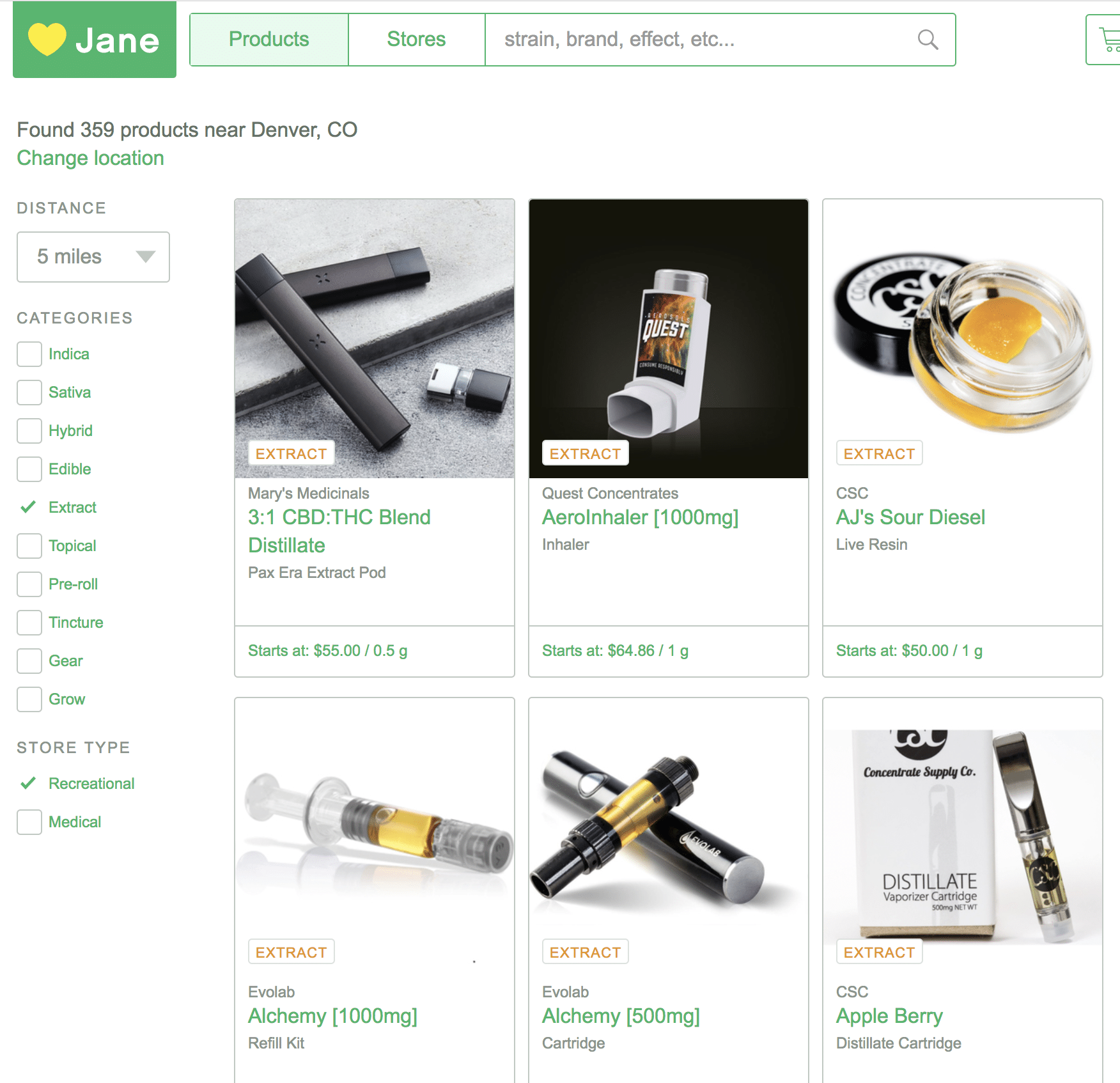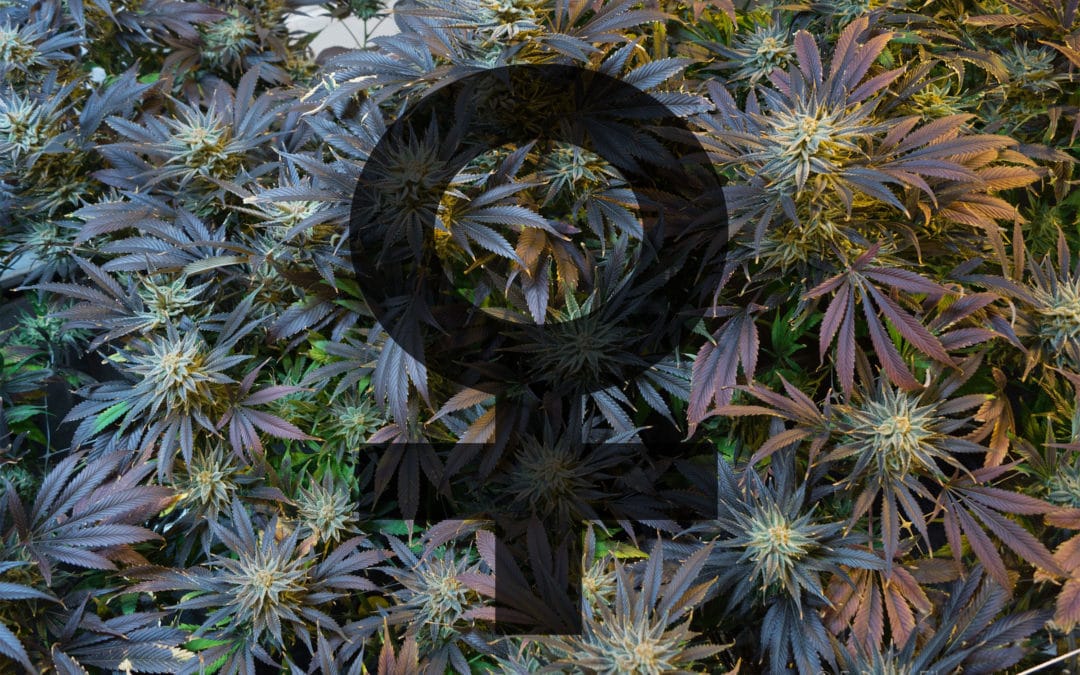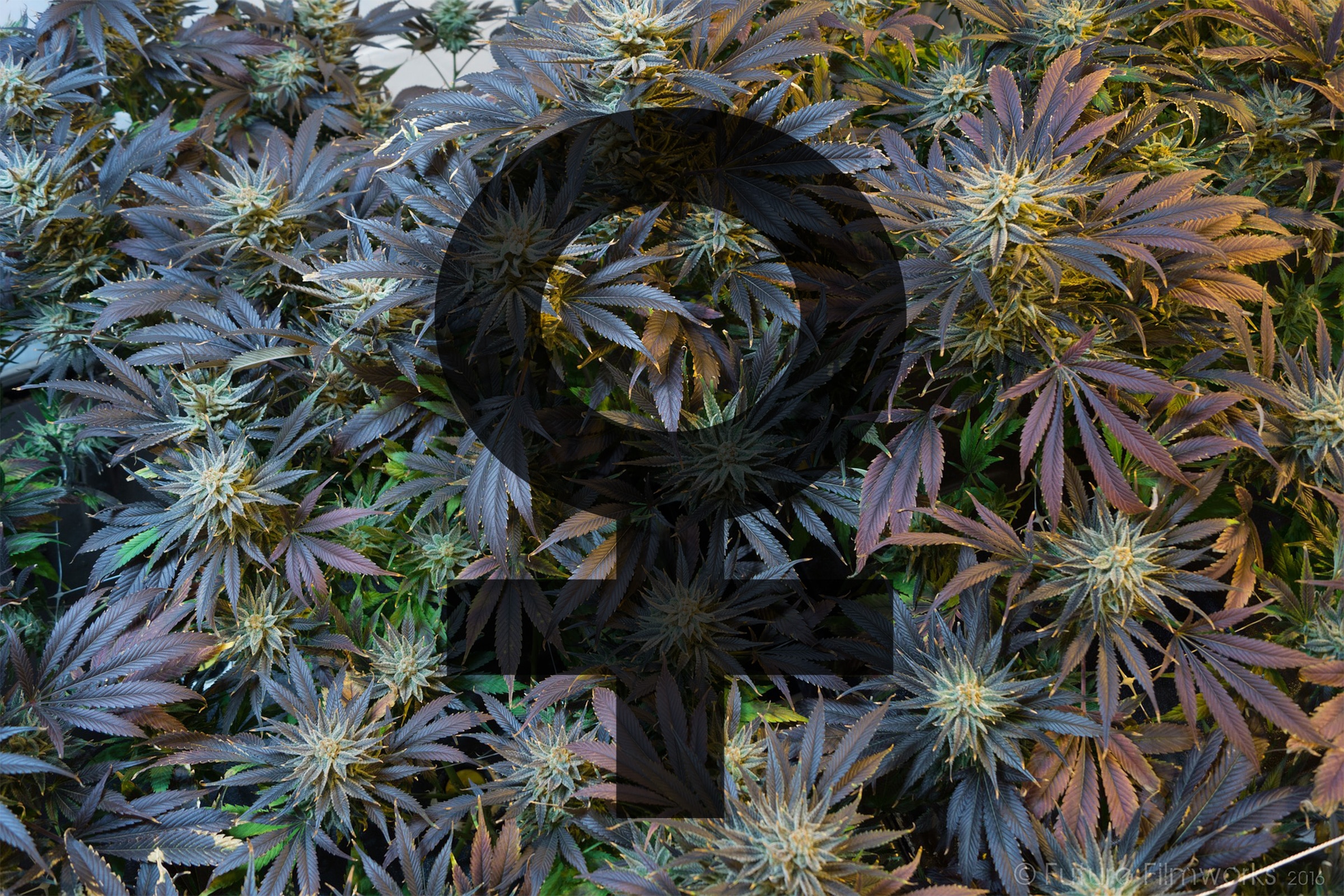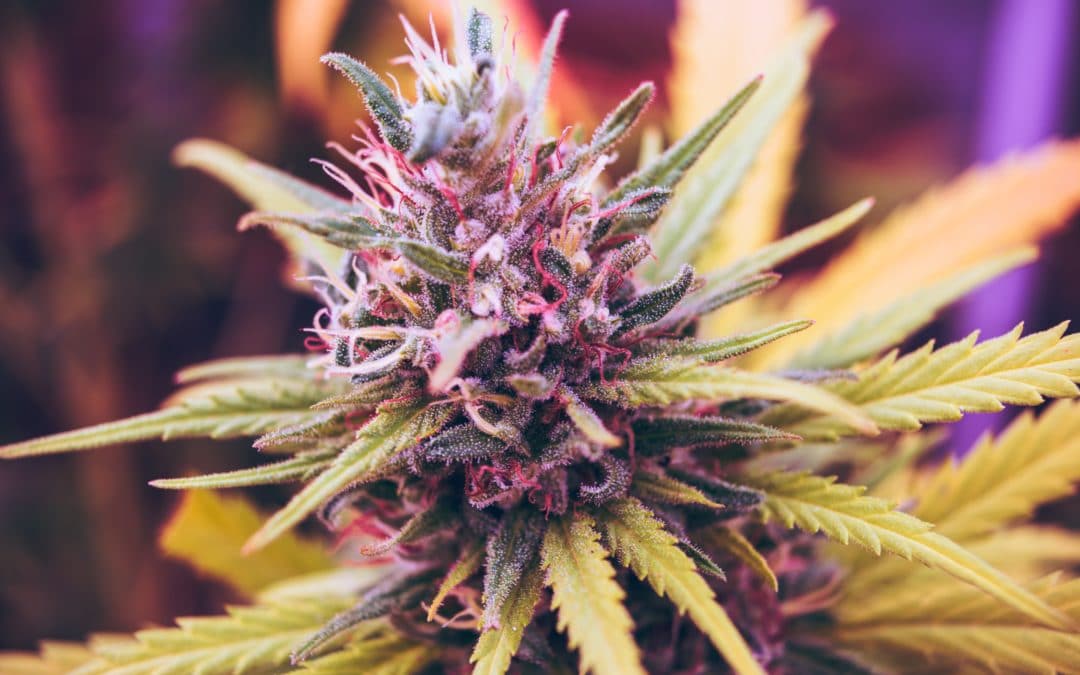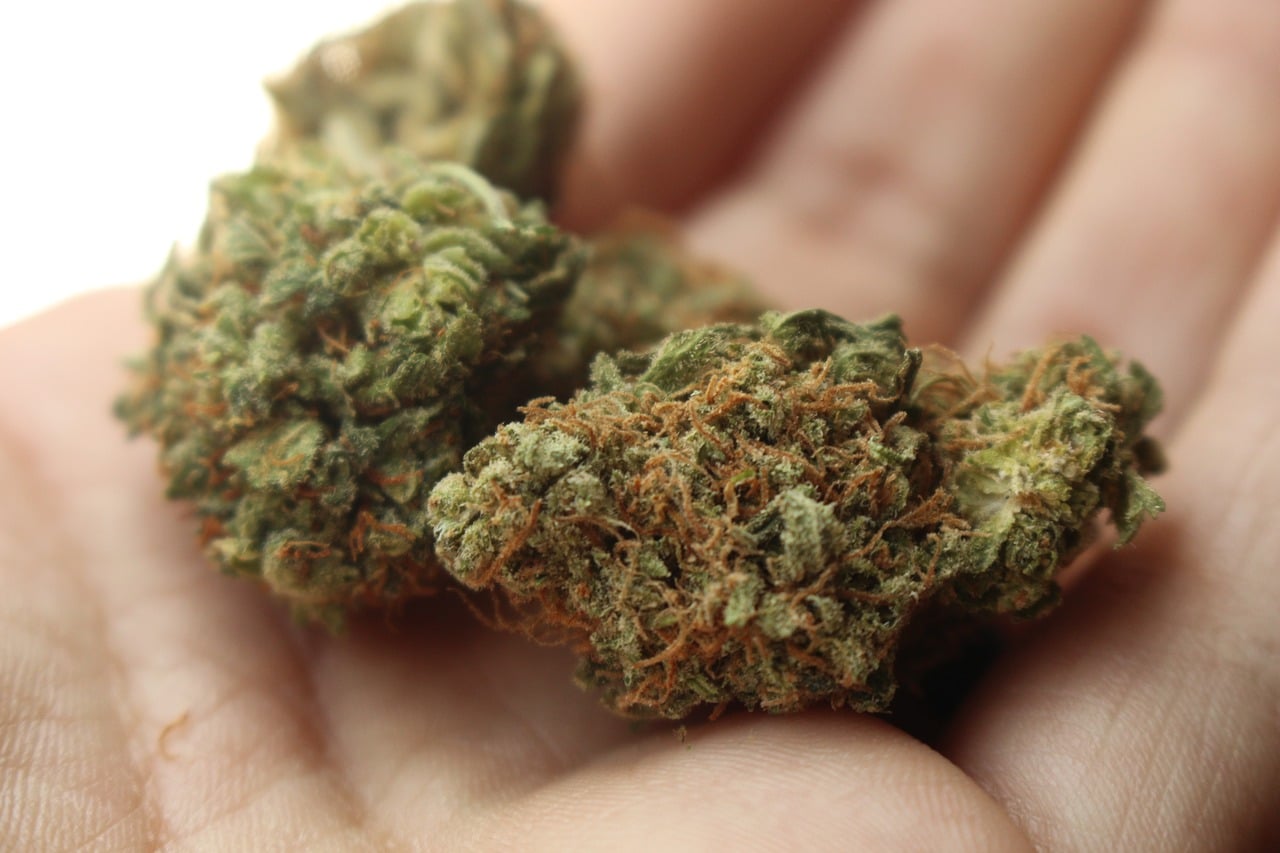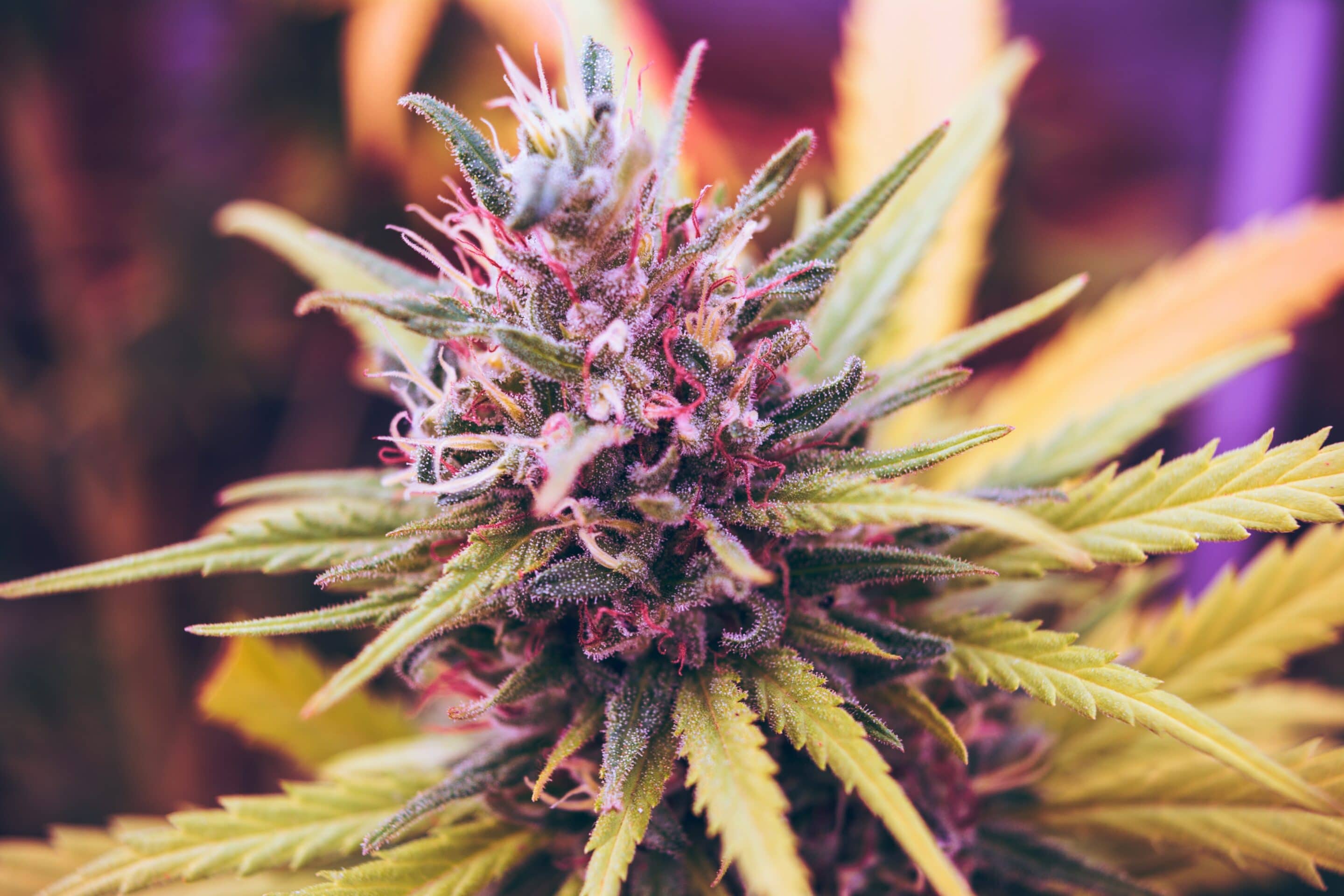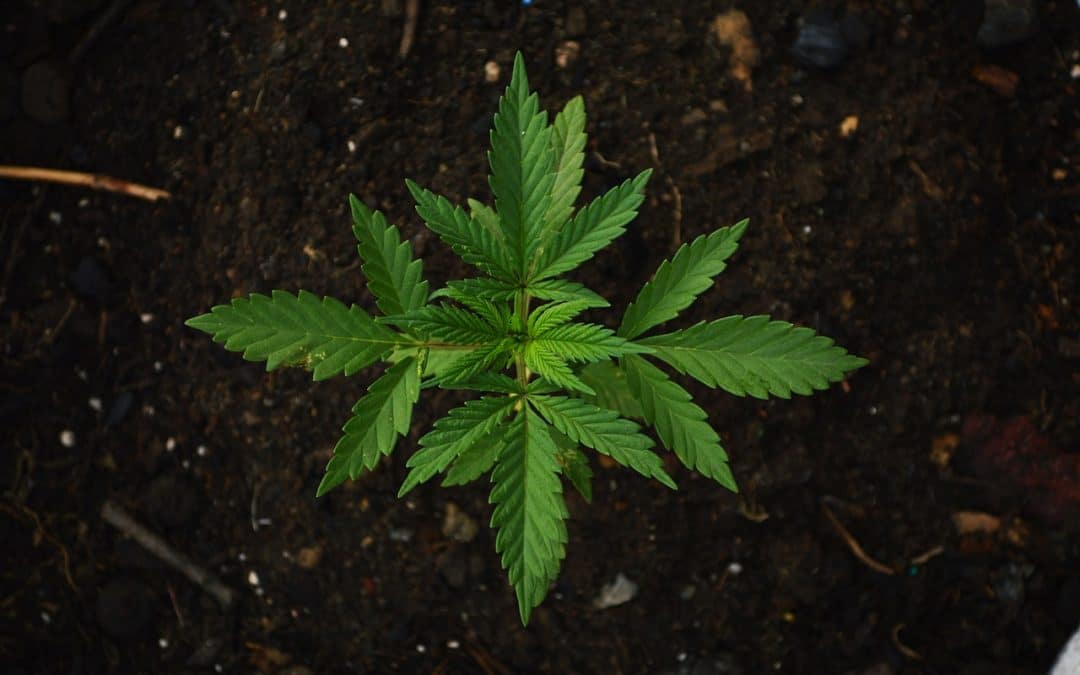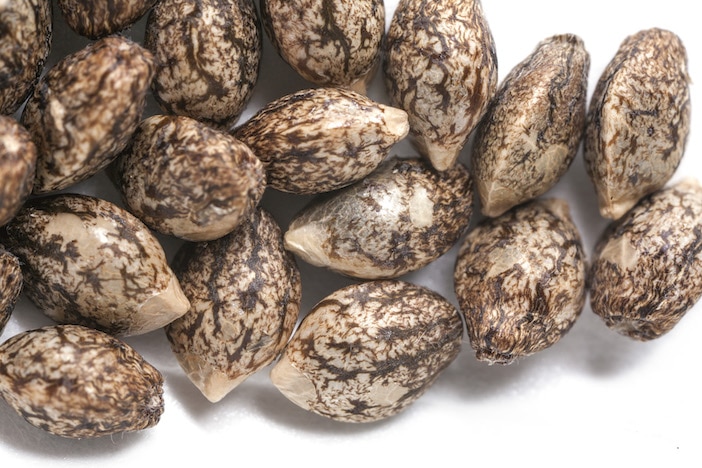
California Cannabis: get on board or get out
So I have been in Northern California on and off for the past couple of months. I mostly live in Denver these days, but I still have my home up in Humboldt.
For 15 year’s I’ve supplied the cannabis industry with soil, nutrients and lighting. I sell grow equipment to people all over the country. So I’ve seen several states go legal, so to speak. Maybe regulated is the better term.
The end, or the beginning?
I saw what happened in Colorado, Oregon and Washington. All three states with cannabis history, but marginally regulated or unregulated cannabis. All of those states progressed in their cannabis movement, cannabis growing, and general awareness about the plant.
Price per pound dropped in those regulated states, and I also stopped having to buy anybody out of jail or refer them to an attorney. Now, there is so much doom and gloom here. So many people think, “the California cannabis industry is over.”
Unfortunately if you’re quitting on California cannabis, or don’t want to be involved in what comes next, it’s over for you. But more people smoke weed every day, and demand for cannabis increases every day. The opportunity to sell regulated cannabis or be involved with regulated cannabis is exploding; and it’s just begun.
Get on board with California Cannabis
What is over? The rock ‘n’ roll lifestyle? The endless buckets of cash? The untaxed income? The vacations, the toys? Yes, It’s a lifestyle change. Now it’s gonna be more like normal farming, but still profitable.
Four out of five people I talk to are selling their properties and quitting (or they say they are today, let’s see what happens if their properties don’t sell). I have never seen this much inventory of real estate in Humboldt, Trinity or Mendocino Counties.
Now, in the largest concentration of cannabis production in the world, the government says there are as many as 13,000 commercial farms in Humboldt County alone. This will be a significant impact to the supply chain of the entire cannabis market.
Do it for the right reasons
So here it is. We’re separating the men and women from the boys and girls so to speak. People who were in it for the greed and the people who are in it for the weed.
No, I don’t think there’s anything wrong with making money, but you have to work for it. Regulations, taxes, government control, or in any business you could ever think about being in. Being involved with several other businesses, these new cannabis regulations are not difficult. They may be confusing, but try to get a USDA composting permit. That is difficult.
My suggestions:
– PTSD’s a bitch. You might have to conquer that one in order to get into the regulated market.
– Stop whining. Put a smile on your face that you’re not going to jail.
– Curtail your lifestyle and spending. This one is also difficult.( turn those month-long vacations into long weekends)
– Learn some computer skills. If you don’t have them already going to need them.
My predictions:
– The market is currently flooded with properties for sale throughout Northern California. Half of those who don’t sell will go back to work, growing unregulated ganja.
– At least in Humboldt County, a chunk of those people are going to be regulated by the county and forced to stop growing. They put up zoning restrictions that fine people $10,000 a day. The helicopter didn’t work but I think this will.
– The price of California cannabis is going to rise. Both in the private market and unregulated market. It’s simple supply and demand. If the private cannabis market is separated from the regulated market, there will not be enough weed for the potential 15 million puffers in California.
– Most of the counties in California are not going to regulate cannabis, leaving the potential production to a smaller and smaller area. Mendocino and Trinity County have limited it to 10,000 ft.². San Luis Obispo is limited to 22,000 ft.².
– Many people that enter the legal cannabis industry will not succeed. They are farmers, not businessman. It’s important to find your place. I’m definitely better at business than farming (Yet my thumb remains Green).
Times are changing, and the California cannabis industry is rapidly changing with them. You can either get on board, go legal and pursue an honest career in the regulated market. Or, you can complain about things changing, quit the unregulated market because you have to, and avoid the new industry for the sake of your pride. Remember it isn’t ALL about your profits, it’s about the plant.


